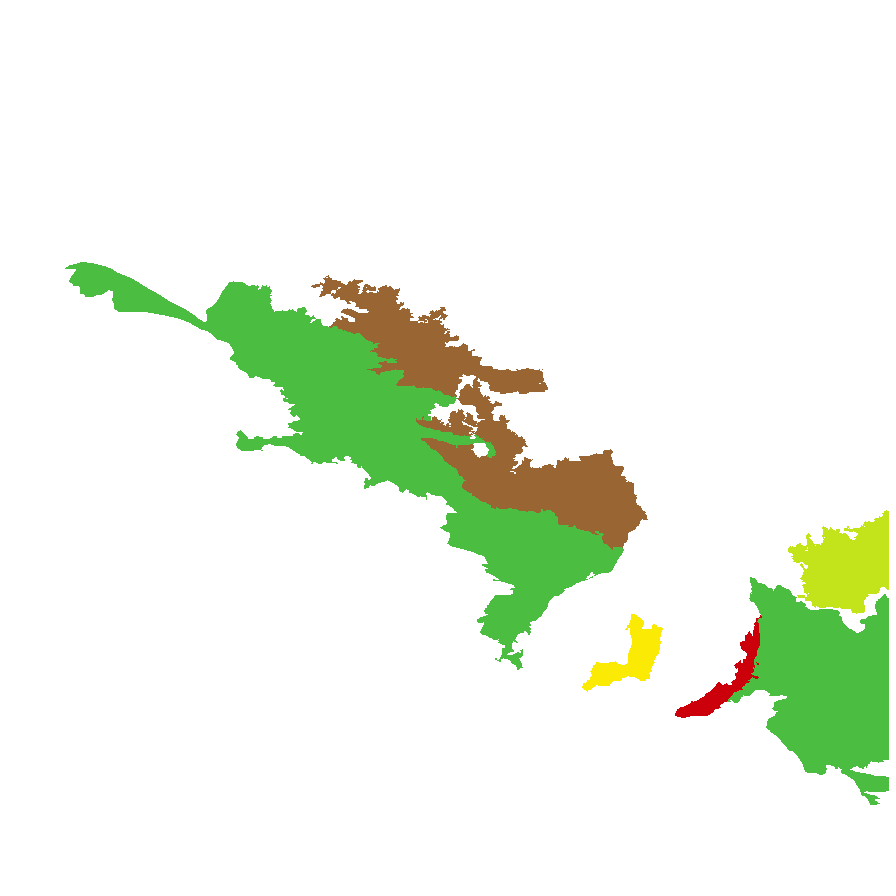















Botanical art
Prior names
Aotus villosa var. subspinescens
Aotus villosa
Aotus ericoides
Common names
Dune Aotus
Mallee Aotus
Etymology
Aotus from the Greek 'a' meaning without and 'otis' meaning an ear, referring to the genus flowers not having certain calyx appendages (floral bracts), that are present in the closely related genus Pultenaea. Subspinescens from Latin meaning becoming spiny, alluding to the short spine at the end of branches.
Distribution and status
Found in the southern part of South Australia on Eyre and York Peninsulas and Murray region, growing on sandy soil. Also found in New South Wales and Victoria. Native. Common in South Australia. Common in Victoria. Uncommon in New South Wales.
Herbarium regions: Gairdner-Torrens, Eyre Peninsula, Murray, Yorke Peninsula, Southern Lofty, South Eastern
NRM regions: Adelaide and Mount Lofty Ranges, Eyre Peninsula, Northern and Yorke, South Australian Arid Lands, South Australian Murray-Darling Basin, South East
AVH map: SA distribution map (external link)
Plant description
A variable shrub to 60 cm high with short branches, often ending in short spines. Stems with hairs usually short and curved. Leaves in whorls of 3 or more, opposite or alternate, narrow-linear to 10 mm long and 1 mm wide, margins revolute with upper surface becoming glabrous, lower surface with scattered long hairs. Inflorescence in upper leaf axis with 1-2 yellow and red with crimson to purple keel pea-flowers. Flowering between August and October. Fruits are ovoid semi-flat pod to 6 mm long. Seeds are dark brown mottled, reniform seed to 2.5 mm long and 2 mm wide. Seed embryo type is bent.
Seed collection and propagation
Collect seeds between November and December. Collect mature pods that are turning brown, with hard, dark seeds inside. Place the pods in a tray and leave to dry for 1-2 weeks or until the pods begin to split. Then rub the dried pods to dislodge the seeds. Use a sieve to separate any unwanted material. Store the seeds with a desiccant such as dried silica beads or dry rice, in an air tight container in a cool and dry place From one collection, the seed viability was high, at 100%. This species has physical dormancy that needs to be overcome for the seed to germinate (e.g. nicking or softening the seed coat).
| Location | No. of seeds (weight grams) | Number of plants | Date collected | Collection number Collection location | Date stored | % Viability | Storage temperature |
|---|---|---|---|---|---|---|---|
| BGA MSB | 4,500 (14.38 g) 4,500 (14.38 g) | 50+ | 8-Dec-2005 | DJD312 Gairdner-Torrens | 7-Aug-2006 | 100% | -18°C |
Number of plants: This is the number of plants from which the seeds were collected.
Collection location: The Herbarium of South Australia's region name.
% Viability: Percentage of filled healthy seeds determined by a cut test or x-ray.